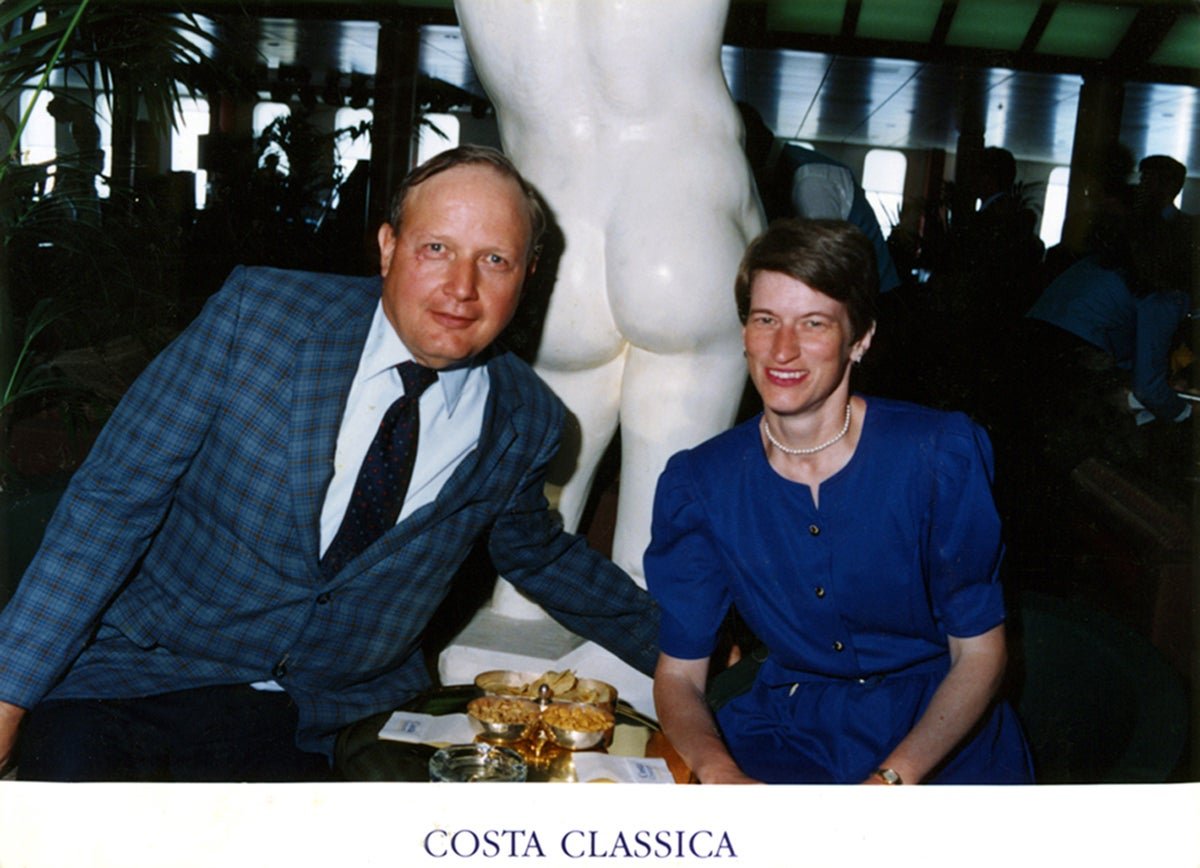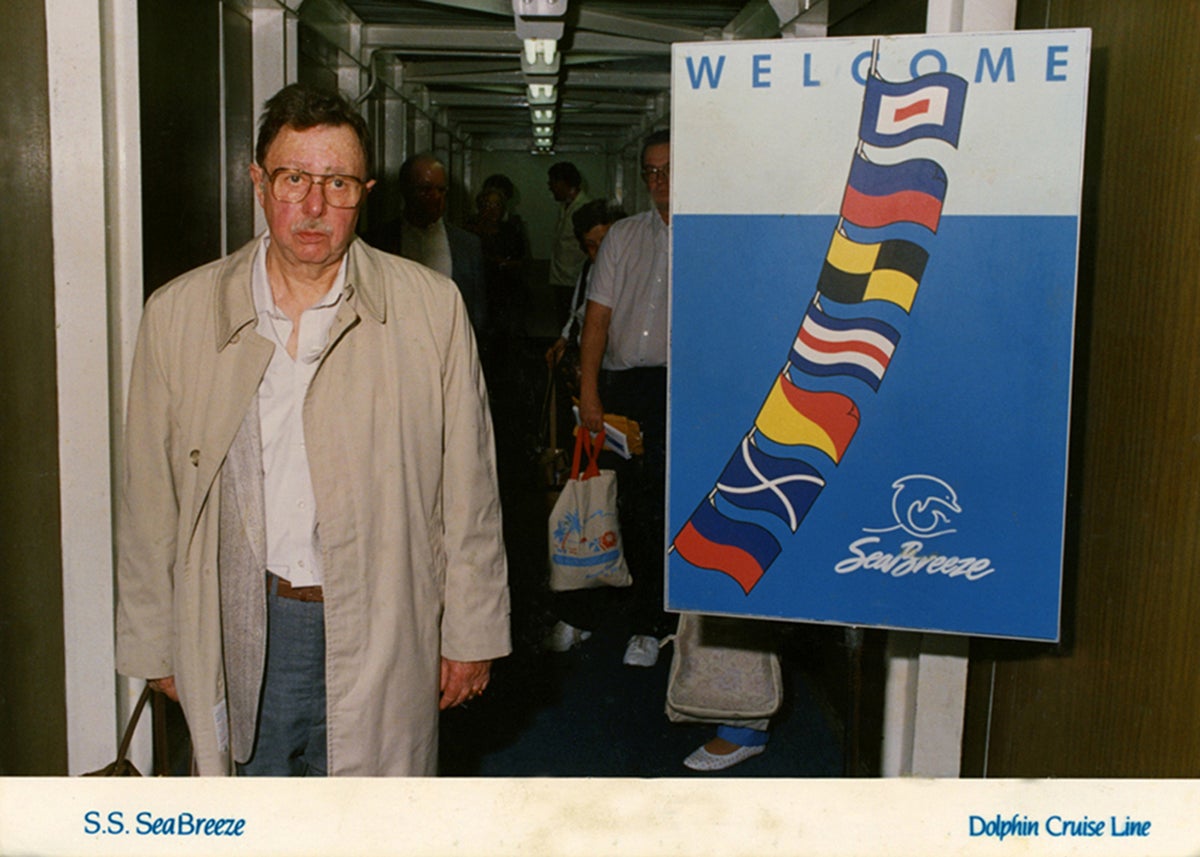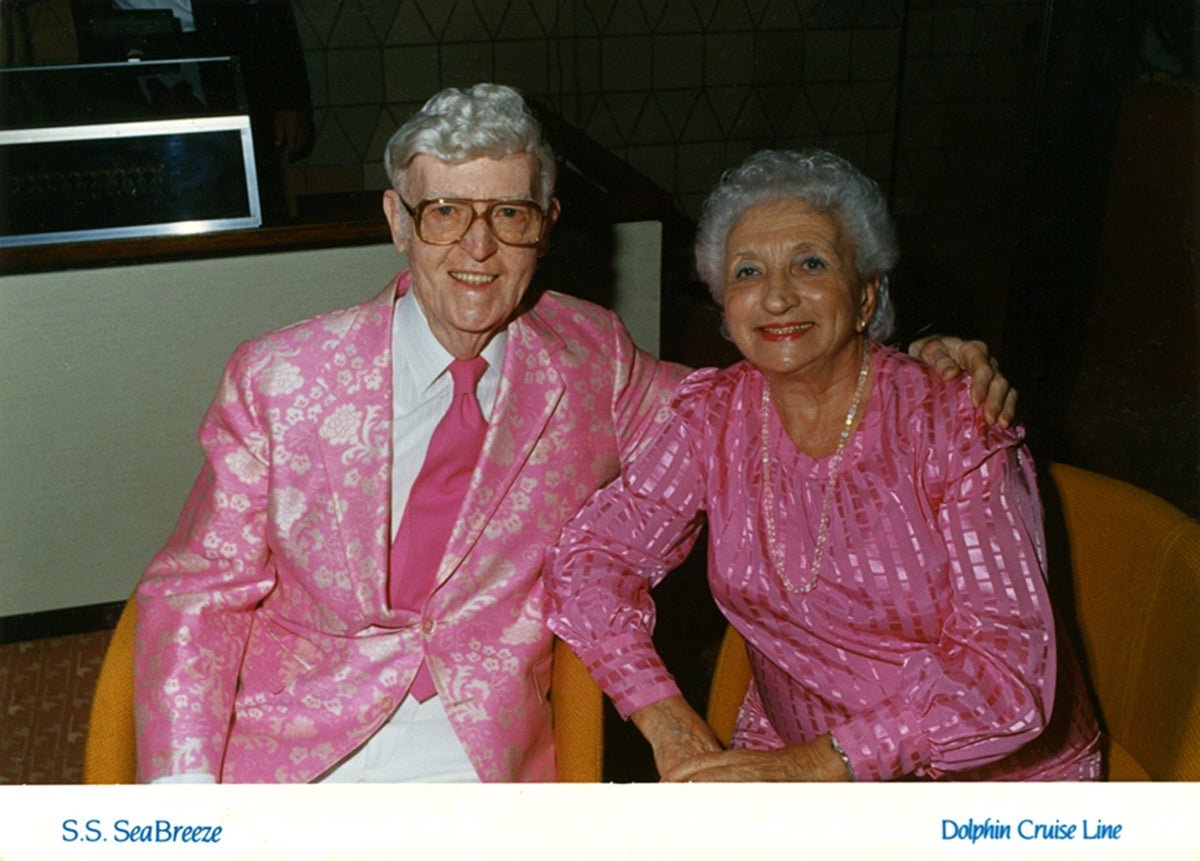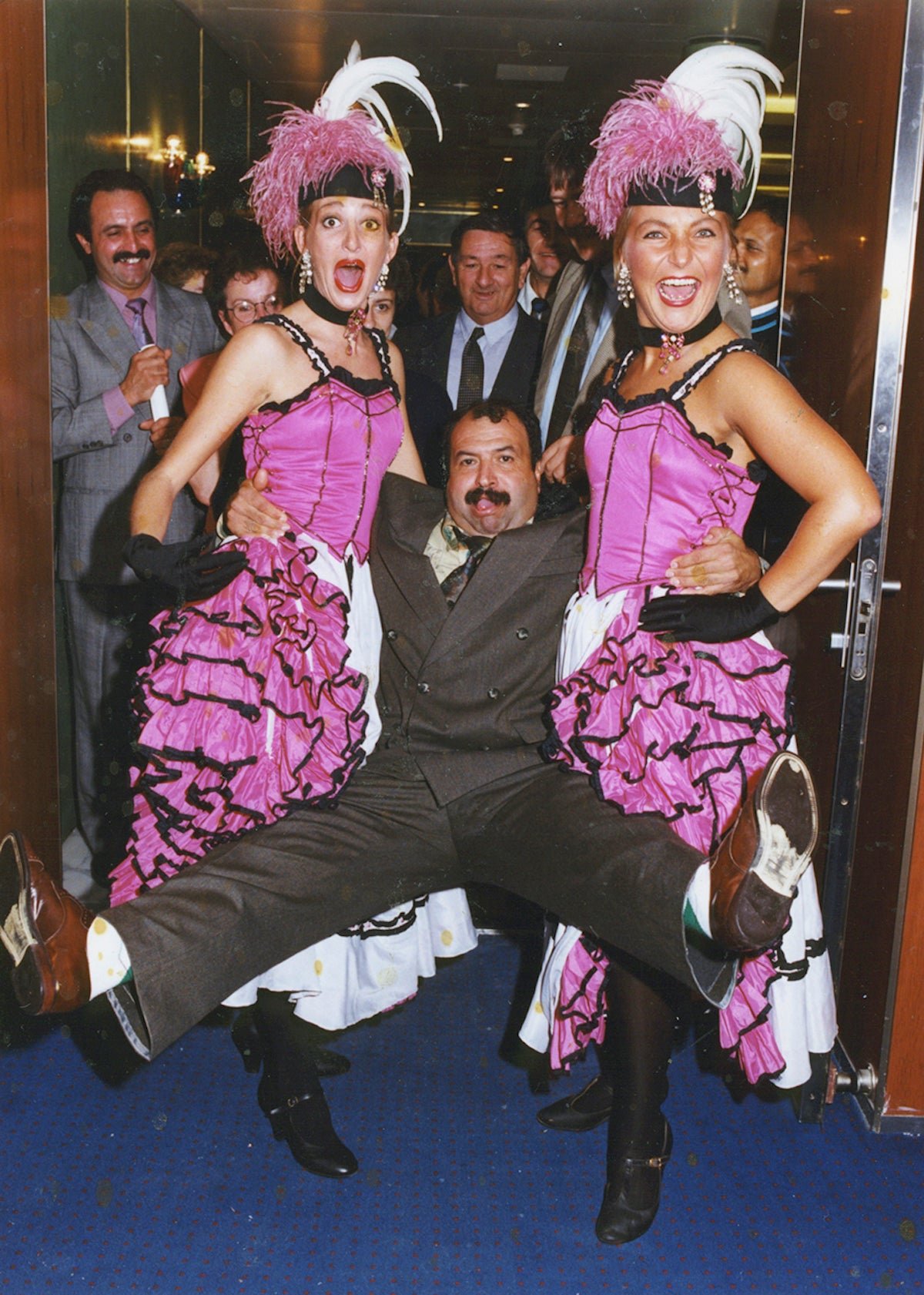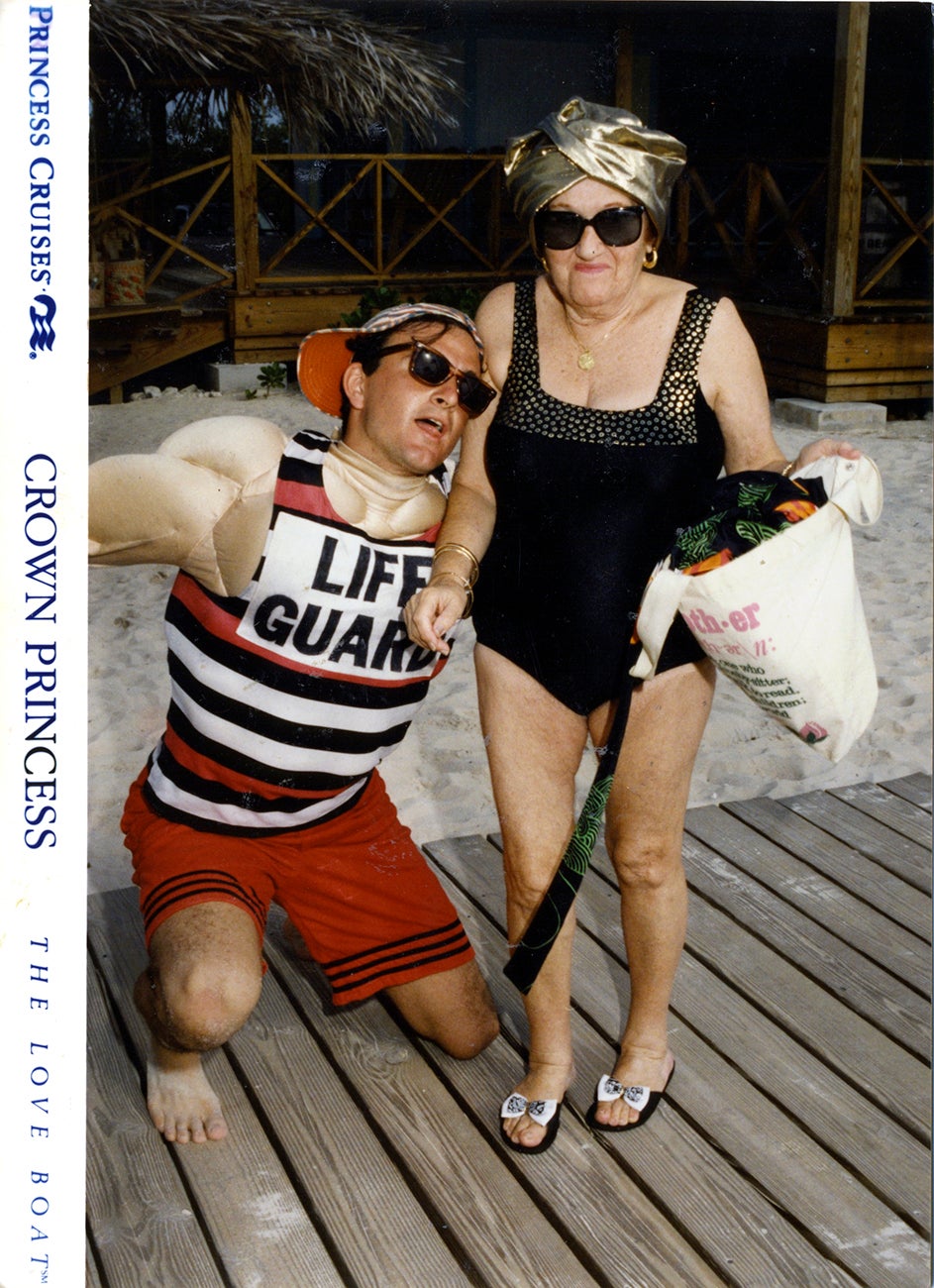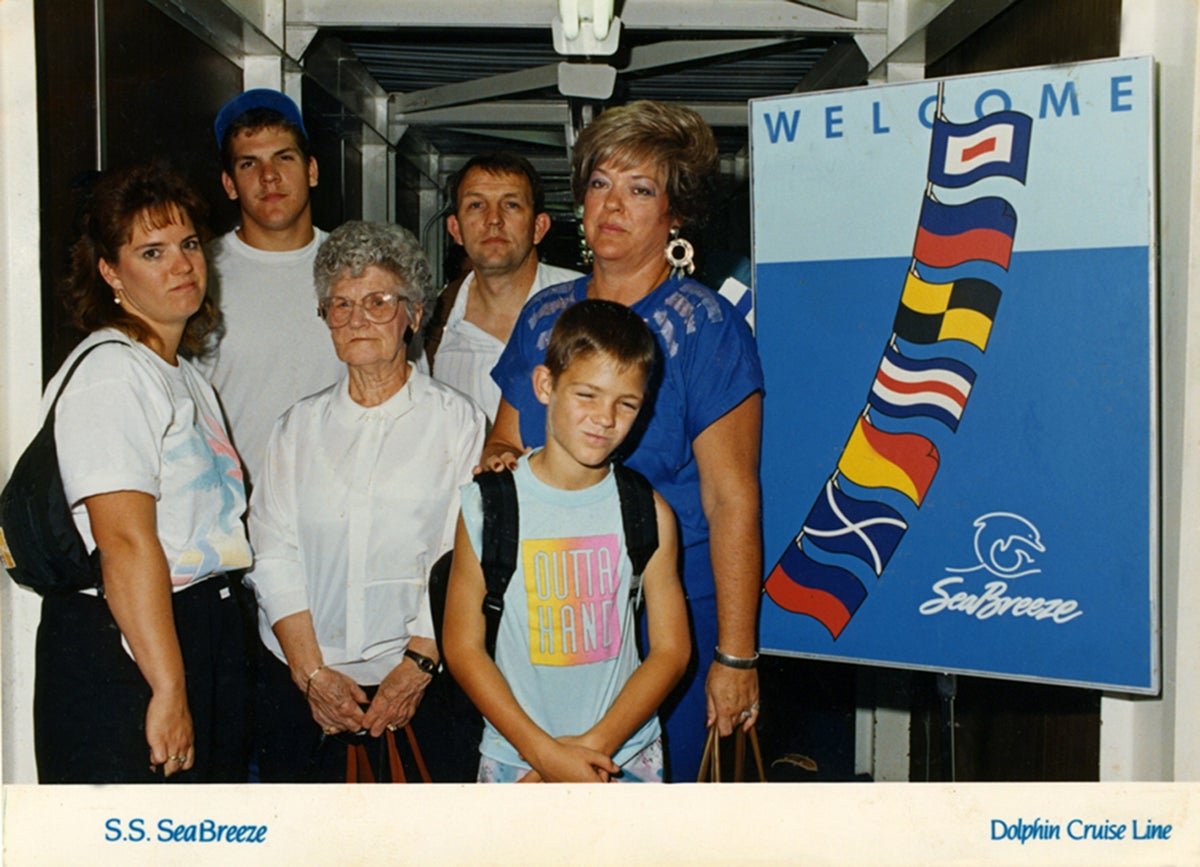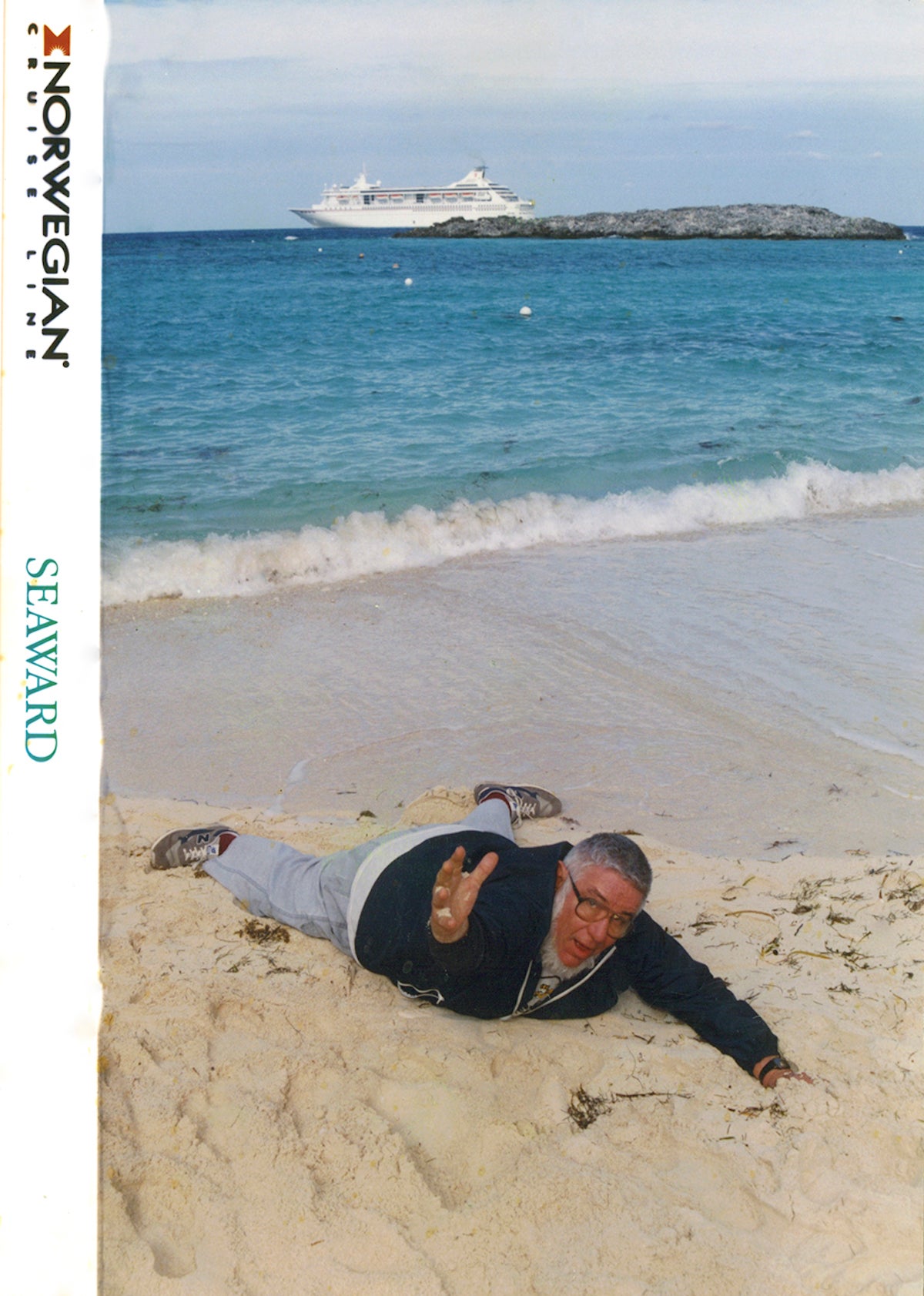These long lost vacation photos capture the tragicomedy of the 1990s cruise craze
In 1980, cruise ships served about one and a half million passengers worldwide. By 1990, that number had leapt to about three and a half million, according to Cruise Market Watch. In 2000, the number of people taking cruises had nearly doubled again.
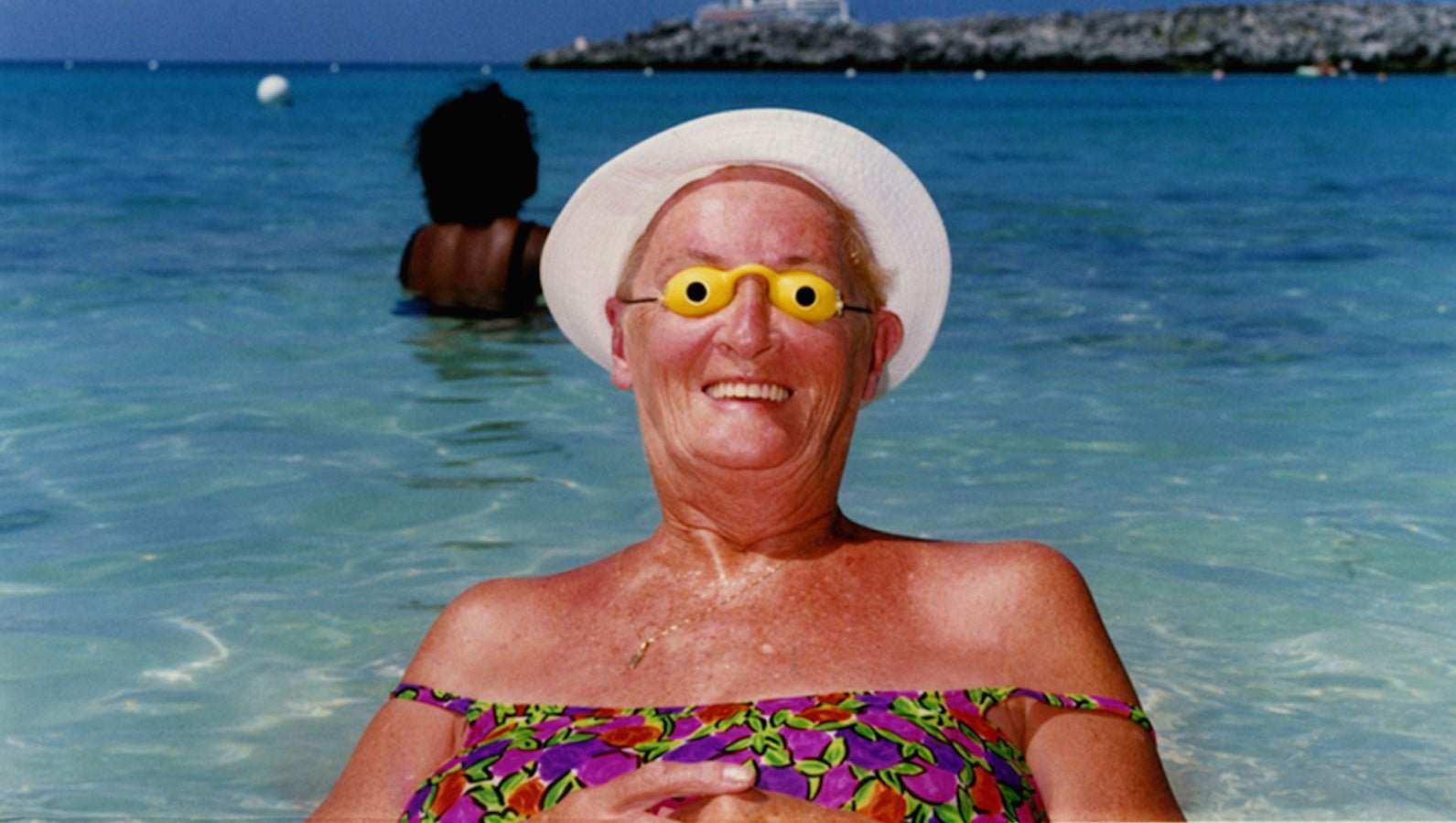

In 1980, cruise ships served about one and a half million passengers worldwide. By 1990, that number had leapt to about three and a half million, according to Cruise Market Watch. In 2000, the number of people taking cruises had nearly doubled again.
With its glossy brochures and hyper-pigmented commercials, the growing global industry lent itself to easy representation in pop culture. In 1977, the US television series “Love Boat” premiered to capitalize on the vacation fad; for the next ten years, it would successfully tap into passengers’ fantasies of romance on the high seas.
But in 1996, David Foster Wallace described a darker side to the cruise craze. “There’s something about a mass-market Luxury Cruise that’s unbearably sad,” he wrote in an essay for Harper’s, titled Shipping Out: On the (nearly lethal) comforts of a luxury cruise.
“Like most unbearably sad things, it seems incredibly elusive and complex in its causes yet simple in its effect: on board the Nadir (especially at night, when all the ship’s structured fun and reassurances and gaiety ceased) I felt despair,” the essay read.
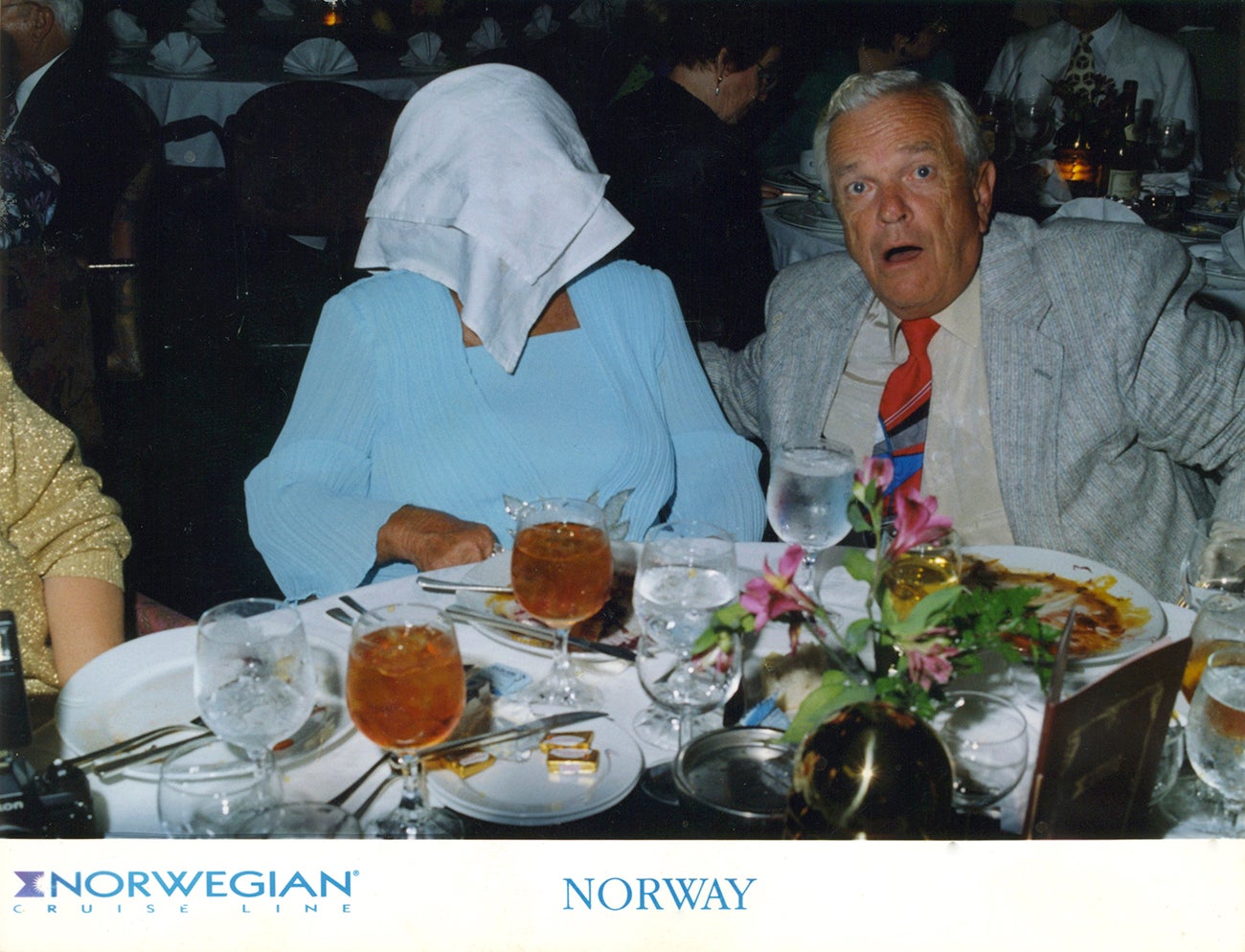
“Love Boat Rejects,” a photo series created between 1989 and 1997 by photographer Ian Hughes, falls somewhere between these two commentaries. Hughes’ silly, often awkward images are hardly romantic vacation photos, but neither do they illustrate Foster Wallace’s “despair.” Instead, ”Love Boat Rejects” reveals the truth about cruises: they should never be undertaken too seriously.
“We took so many photos—hundreds each day—that some of them just turned out funny,” Hughes told Quartz of his time working as a cruise ship photographer. ”At the end of each cruise I would have a quick look in the gallery for any funny pictures that we hadn’t sold, and I would add them to my collection.”
Every once in a while Hughes would find a passenger who couldn’t help but ham it up. ”Some ships I worked on had up to 2,500 passengers a week, so amongst that many people you are always going to get a few characters!” Hughes said.

